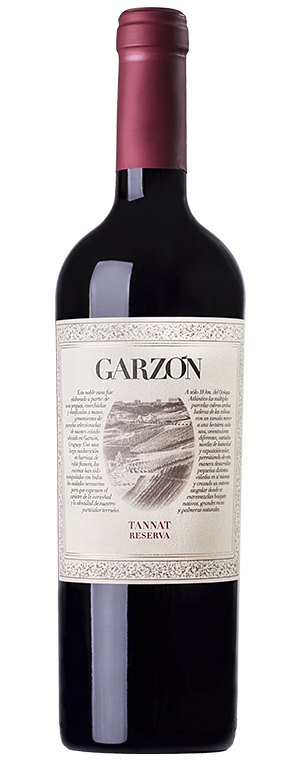Garzón, a town frozen in time, located in the east of Uruguay, 30 minutes away from Jose Ignacio’s Lighthouse, attracts tourists from all over the world, captivated by the magic of our country.
History of Pueblo Garzón
Its name comes from Uruguayan military man, General Eugenio Garzón (1796-1851). He joined Artigas’ forces in 1811, marched to Upper Peru together with General José Rondeau, joined San Martín’s army and accompanied him in his liberation campaigns in Chile, Peru and Ecuador. He later approached General Urquiza, whom he supported after he made his pronouncement against Rosas. Garzón died at an early age; he was not able to fulfill the destiny that Urquiza had forged for him, that is, to become the president of the nation.
In the Meeting Room of the Chamber of Representatives in Montevideo, on June 17th 1935, a bill to declare Garzón a town was presented. Back then, Garzón had 470 inhabitants, and today it has slightly less than 300. It maintains the same layout, including the public square, the offices, the school, the shops and the railway station. From the gravel road that leads to the hills, cutting through dry creeks and streams, it is possible to see grey granite quarries, windmills, sunsets and in the distance, the sea.
Garzón could have remained the best kept secret, but for a mysterious reason, a few years ago it turned into a fashionable destination for the European and Latin-American high societies, that during the summer, enjoy the calmness of the countryside, and choose it as the perfect place for their summer farms.
Located 30 minutes away from José Ignacio’s lighthouse and less than 100 km from Punta del Este, Pueblo Garzón represents a haven for bon vivants that enjoy being among vineyards, olive groves, grey granite quarries, organic gardens and moments of silence, the key element of the new concept of luxury defined by sophisticated travelers.
Pueblo Garzón was overshadowed by the demise of the railway, but began to regain its lost liveliness after pioneers such as the renowned Argentinian chef, Francis Mallmann, established his gastronomic venture or when Bodegas Garzón placed great value on said lands with the first vine cuttings.
The wine tourism and gastronomic offer of the area, causes dozens of French, North Americans, Argentinians, Brazilians and Italians to tour around town every noon, in search of a bit of that magic and plain silence to find shelter and behold the daisies that grow freely, creating a yellow carpet portrayed as an impressionist’s work of art.
Despite being the perfect destination for those in search of unspoiled nature, this town is no stranger to the intense social life of its neighboring cities of the coastline of eastern Uruguay. In José Ignacio and Punta del Este, sunsets attract the latest trends and the nightlife last until dawn. Meanwhile, Pueblo Garzón and its surroundings entice to rediscover silence.






